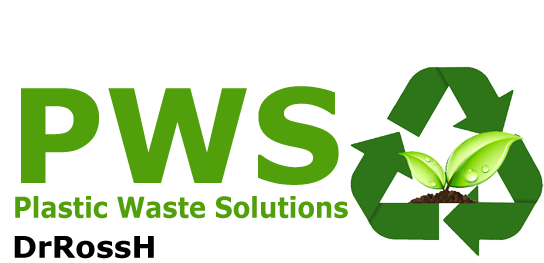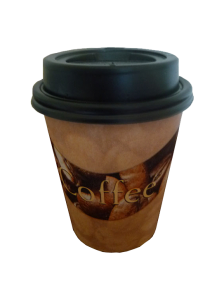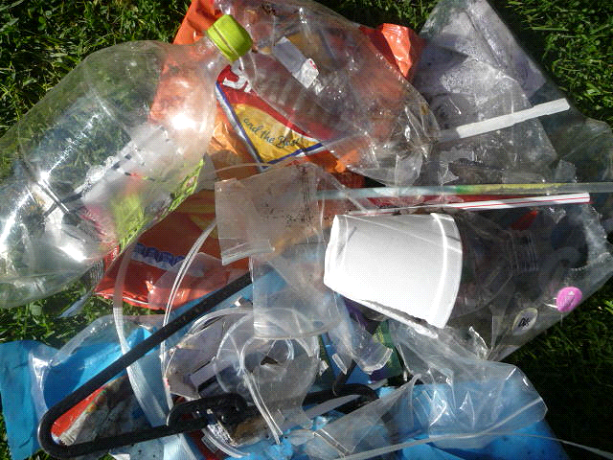Unilever aims for switch to recycled food packaging
Posted on March 31, 2022 by DrRossH in Plastic Waste NewsAccording to the company, the findings of a recent survey by Boston Consulting Group of 15,000 people globally, which revealed that 83 per cent of millennial and Gen Z consumers said they’d be willing to pay more for products that came in sustainable packaging, has triggered a new ecosystem of alternative packaging materials and new business models.
This includes the use of recycled and recyclable plastic, graded especially for food products to ensure safety.
Using mechanical and advanced recycling to increase supply
“Presently, there is not enough supply of recycled plastics to meet the needs for use as food packaging,” said F&R packaging capability director, Sanjeev Das, explaining that there is limited availability of food-grade recycled plastics – especially food-grade recycled polypropylene (rPP) and polyethylene (rPE) plastics which account for 75 per cent of the plastics used in Unilever’s food packaging.
Unilever says that this has seen its Foods and Refreshment R&D team work to create sustainable sources using two complementary routes.
The first is mechanical recycling which sees items sorted according to their material. For example, polyethylene terephthalate (PET) plastic used to make plastic bottles is sorted into one recycling stream, polyethylene (PE) used to make plastic bags into another. Once separated, they’re cleaned and transformed into recycled raw material to make new items.
Unilever confirms that all its Hellmann’s plastics bottles and jars in the US and Canada are made from 100 per cent recycled and recyclable plastic which have been recovered this way.
The second way Unilever says that it is increasing the supply of recycled plastic is through advanced recycling. This sees mixed plastic waste broken down into its fundamental building blocks and reconstructed to make new plastic packaging that is especially suitable for food-grade packaging.

 How many people today grab a takeaway coffee cup from the local cafe to drink on the go? We don’t know, but the number must be enormous.. Most every one of the above have a plastic top that will last 100s of years. Some cafes still use plastic cups that last a similar time. Is 10 minutes of coffee worth 100s of years of trash?
These items can be seen littering our gutters and on our streets all over the place. If they were all cardboard, they would still be littered, but they would, at least, be gone in a short time.
They do not need to be made of plastic.
How many people today grab a takeaway coffee cup from the local cafe to drink on the go? We don’t know, but the number must be enormous.. Most every one of the above have a plastic top that will last 100s of years. Some cafes still use plastic cups that last a similar time. Is 10 minutes of coffee worth 100s of years of trash?
These items can be seen littering our gutters and on our streets all over the place. If they were all cardboard, they would still be littered, but they would, at least, be gone in a short time.
They do not need to be made of plastic.
 On the way home from the gym last week, a distance of about 1 km (1/2 mile), I counted the items of plastic litter on the curb as I walked. In that short distance I counted 63 pieces of plastic litter. Plastic drink bottles, bottle tops, candy wrappers, plastic film, polystyrene fragments etc. That seemed to be a lot to me. I guess it is a generational thing. Our parents would have been horrified to see that amount, whereas it seems to go unnoticed by our youth of today. In another 20 years how many pieces will there be on this stretch, -- 200? What will today’s youth think of that new amount then when they are older? Will their children be so readily accepting of a higher amount of litter?
On the way home from the gym last week, a distance of about 1 km (1/2 mile), I counted the items of plastic litter on the curb as I walked. In that short distance I counted 63 pieces of plastic litter. Plastic drink bottles, bottle tops, candy wrappers, plastic film, polystyrene fragments etc. That seemed to be a lot to me. I guess it is a generational thing. Our parents would have been horrified to see that amount, whereas it seems to go unnoticed by our youth of today. In another 20 years how many pieces will there be on this stretch, -- 200? What will today’s youth think of that new amount then when they are older? Will their children be so readily accepting of a higher amount of litter?
Discussion · No Comments
There are no responses to "Unilever aims for switch to recycled food packaging". Comments are closed for this post.Oops! Sorry, comments are closed at this time. Please try again later.